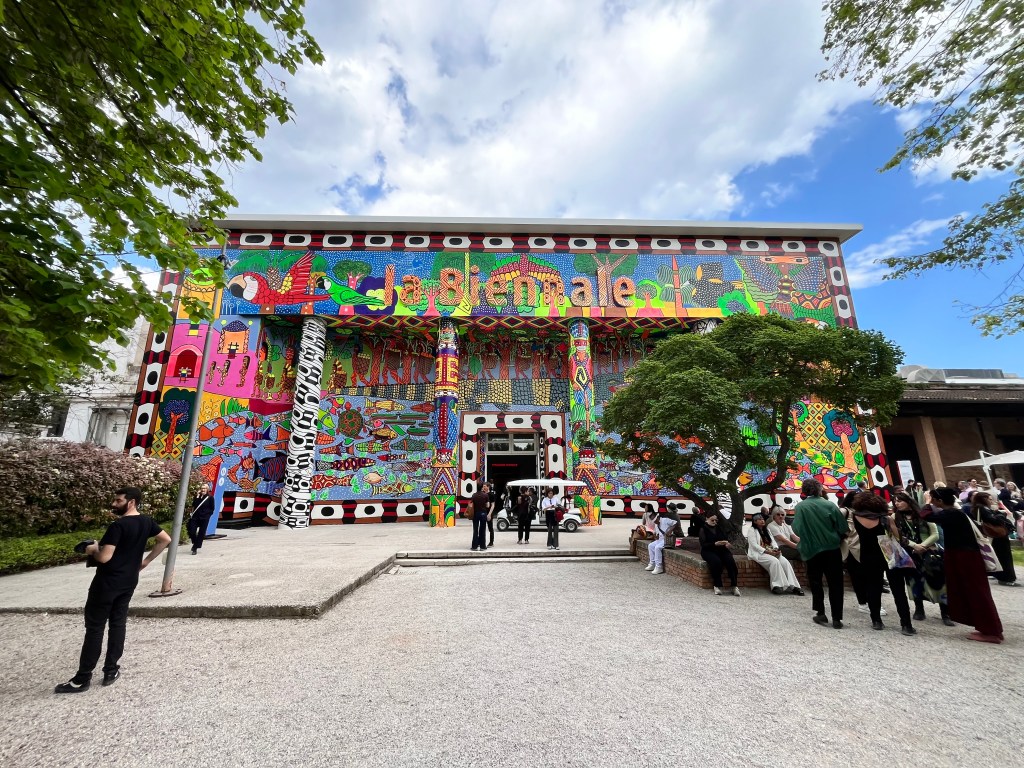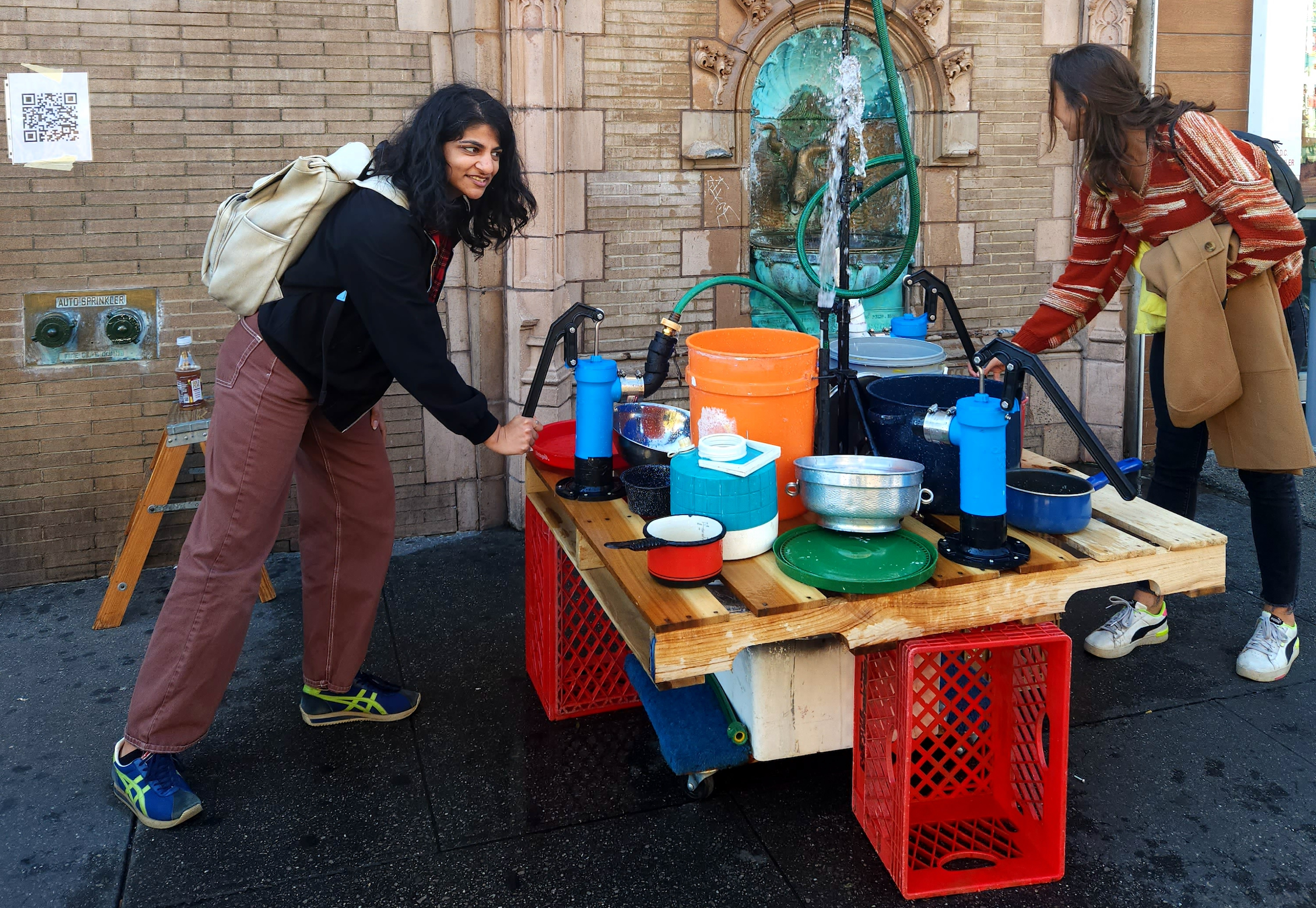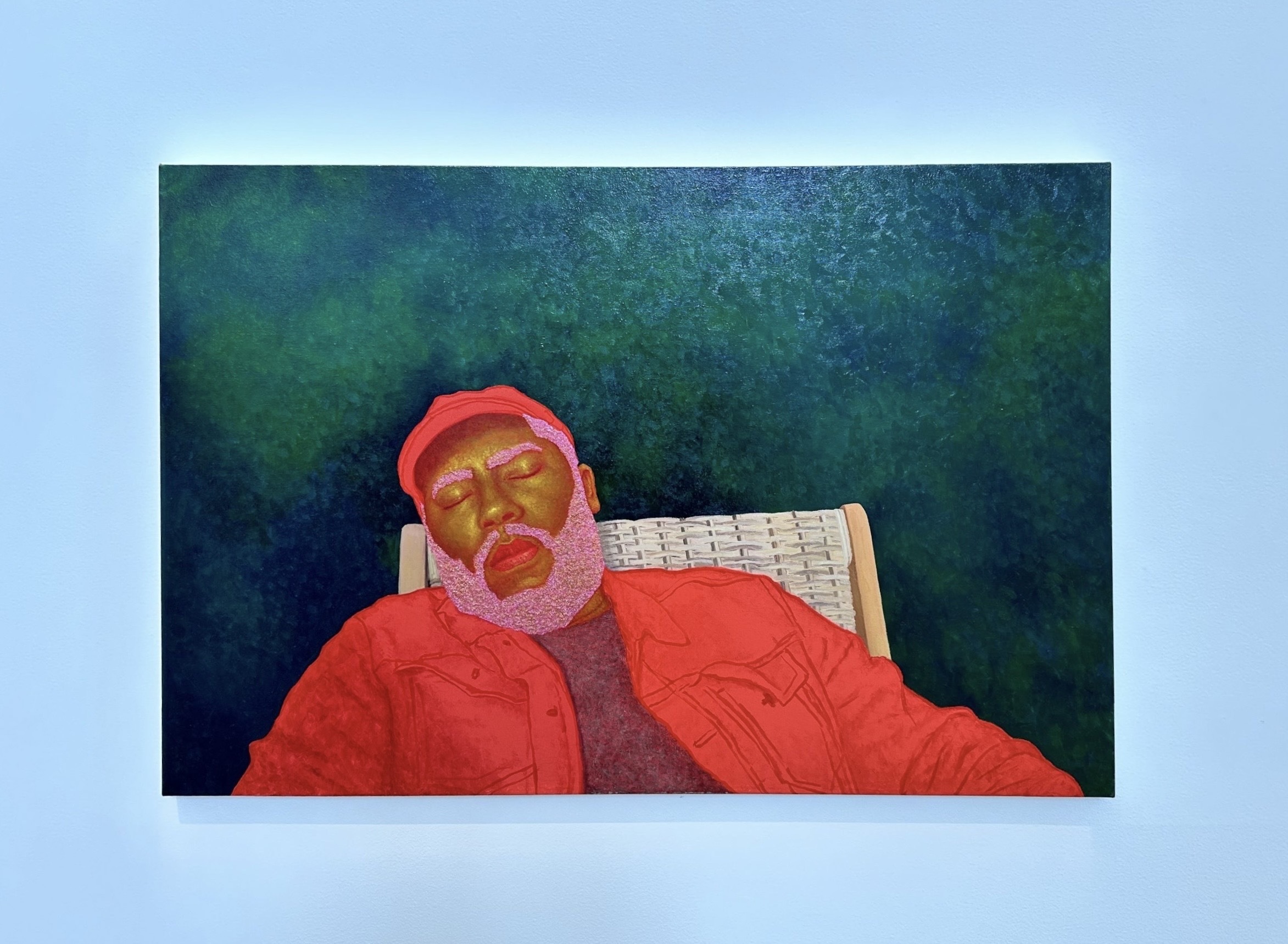Editor’s Note: This story originally appeared in On Balance, the ARTnews newsletter about the art market and beyond. Sign up here to receive it every Wednesday.
The Venice Biennale was essentially an art fair when it opened in 1895, an exhibition built specifically to establish a market for what was then considered contemporary art. From 1942 until 1968, there was even an official office, run by Italian art dealer Ettore Gian Ferrari, that helped find buyers for works that showed in the exhibition. That is, as long as artists (and their galleries) didn’t mind that Ferrari pocketed 15 percent of the sale price for the Biennale and 2 percent for himself.
As the art world’s commercial and institutional structures solidified, open sales were banned in ’68, though it was understood that the works would, at some point, become available, especially to a buyer with a dedicated interest. And if the buyer represented a major institution, all the better. Even up until 2019, exhibition labels noted a given artist’s dealer, so interested parties could initiate a transaction, or at the very least, a conversation.
Such vulgarities are no longer permitted but that doesn’t mean the Biennale is not transactional in nature. It is, even if the benefits are generally distributed these days in a slightly more egalitarian, trickle-down fashion befitting the birthplace of modern capitalism.
“One of the most important aspects of appearing in the Biennale is that an artist suddenly appears on the radar of collectors from all over the world,” Simon de Pury, the celebrated curator, columnist, and auctioneer, told me outside the Giardini.
Obviously, that can and often does generate commerce, de Pury added. In the same way that a museum exhibition organized by a notable curator brings credibility and desirability to an artist’s oeuvre, participation in the Biennale is a gold-leaf star on an artist’s curriculum vitae. Before we parted ways, de Pury told me that the 2022 Biennale was especially fascinating for him.
“It put a spotlight on female artists. Today, when you look at auctions, the majority of contemporary artists who sell very, very well are women. Can you ascribe that specifically to the Biennale? No, not really. But it’s one element, of course,” he said.
The institutional halo effect of the Biennale is real. Over lunch at the café at the Arsenale, Maria Montero, of the newly formed São Paulo– and Brussels-based gallery Martins&Montero, told me that Venice is the ideal setting to “internationalize and institutionalize” an artist. While deals may not be closed at the Biennale, many can be closed through the Biennale.
“Galleries are always looking to offer more visibility to their artists. I don’t think there’s a better way. It has a big impact,” Montero said. “Perhaps, let’s say a conversation between a gallery and an institution started a while ago. Then, of course, when the work is here, the conversation goes to another level. Especially with serious institutions.”
Martins&Montero has three artists in the Biennale’s main pavilion, which was organized by Adriano Pedrosa, artistic director of the São Paulo Museum of Art in Brazil: Jota Mombaça, Manauara Clandestina, and Dalton Paula. In addition to his works’ appearing in the main exhibition, Paula received the 2024 Chanel Next Prize, an unconditional €100,000 purse that comes with two years of mentorship from the brand’s global partners.
Apart from the institutional cachet, artists typically experience a financial restructuring of their market. “There’s prestige to any biennial in terms of garnering interest and the critical positioning of an artist,” art dealer Stuart Morrison of New York’s Hales Gallery told me.
“Obviously, the Venice Biennale is arguably the peak of that kind of attention. It’s very much a natural series of events,” Morrison said. “The curators … brought in to organize these shows are some of the most important working today. That adds a particular significance to the artists and their work.”
Morrison added that, while every dealer is different, inclusion in the Biennale does usually affect how most think about pricing an artist’s work, particularly when they see an increase in demand.
“We work with estates like [those of] Anwar Jalal Shemza and Elda Cerrato, both of whom are in the Biennale, and Kay WalkingStick, who has five works here,” he went on. “With both estates and living artists who can only produce so much, scarcity becomes a very real thing. which again kind of plays into it.”
In the Centrale Bar in the Giardini, a brightly lit café just behind the main pavilion decorated with visually intense black-and-white graphics (which also happens to be the quickest and cheapest place to eat anywhere near the Biennale), Nick Olney, president of Kasmin, told me that “what really matters is that during a Biennale, people are able to get a broader and deeper knowledge of an artist’s work. For a lot of artists that maybe haven’t been exposed to or had an international platform like this before, it provides an opportunity for countless very bright, very curious, and very influential audiences, be they writers, curators, or collectors, to actually engage with the work in a direct way.”
When the work is great, he said, that drives conversations, and those conversations have real world effects, such as institutional shows and acquisitions, which of course lead to an increase in demand and in an artist’s influence and durability.
“Those are natural things,” he said. “It’s not a machination of manipulation of the market, which is very inorganic, but rather a natural, organic way that leads to more interest, dialogue, exposure, and of course, demand for an artist’s work.”
Call it the Biennale bump.



